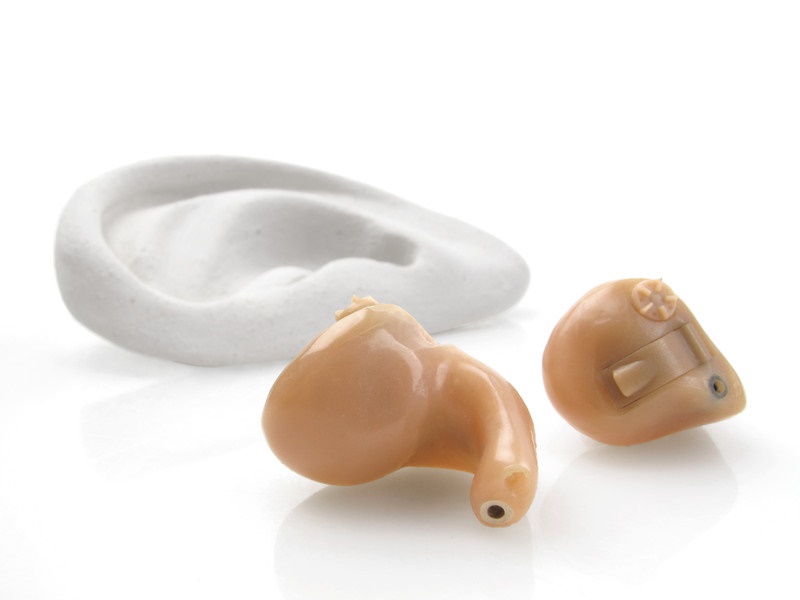
Are two hearing aids better than one?
If you’re searching for the short answer, then yes, almost all cases of hearing loss are best treated with two hearing aids.
If you want to learn why, or are interested about why we have two ears to begin with, then continue reading.
The Benefits of Stereoscopic Vision
Let’s start with eyesight.
When we view an image, each eye is provided with a slightly different version of that image. Our brains then compute the differences between the two versions to attain the perception of depth. This added dimension of depth—combined with height and width—helps us to experience the world in three dimensions.
If we had just one eye, our ability to perceive depth and distance would be considerably compromised.
The Advantages of Binaural Hearing (Hearing with Two Ears)
The same pertains to our ears and our hearing. Even though we may not think about it, when we hear a sound, we can generally determine both its distance and its location, in addition to its volume.
Each ear receives a slightly different version of each sound, and those variations are translated by the brain in a way that reveals location and distance. This allows us to hear in three dimensions, so that we know how far away and which direction sound is originating from.
In combination with being able to assess depth, distance, and location, having two ears also heightens the quality of sound and increases the spectrum of sounds you can hear.
To verify the theory of sound quality, the next time you’re listening to music in a vehicle, turn off both left speakers and notice how unnatural it sounds.
The Benefits of Two Hearing Aids
If our eye doctor informs us that we have vision impairment in both eyes, we don’t honestly think about the merits of getting fitted with one lens.
So when our hearing specialist tells us that we have hearing loss in both ears, why do we need to be persuaded to get fitted with two hearing aids?
As we’ve seen, our ears work together so that our brains can best decipher the distance, location, volume, quality, and range of sound.
With the power to identify the exact location of sound from using two hearing aids, you’ll have the ability to:
- concentrate on speech during a conversation even with heavy background noise.
- pick out distinct voices among many.
- extend the range of sounds heard by up to four times.
- hear sounds without straining, which is less exhausting.
- listen to sounds without the abnormal sensation of monaural hearing (hearing with one ear).
- Avoid the weakening of hearing in the non-fitted ear.
That final point is important. If you have hearing loss in both ears but use only one hearing aid, your hearing in the non-fitted ear can become worse as time passes. This will promptly restrict your ability to enjoy all of the benefits just explained.
If you believe that you have hearing loss, the first step is to arrange a hearing examination with an experienced hearing specialist. After your hearing is tested, your hearing specialist will share the results with you in a chart known as an audiogram.
The audiogram will demonstrate if you have hearing loss in one or both ears, but most cases of hearing loss are in both ears.
If this is the situation, your hearing specialist will probably suggest binaural hearing aids for both ears, and you’ll be given the opportunity to trial them before you buy—which is a great chance to test for yourself the difference two hearing aids will make.